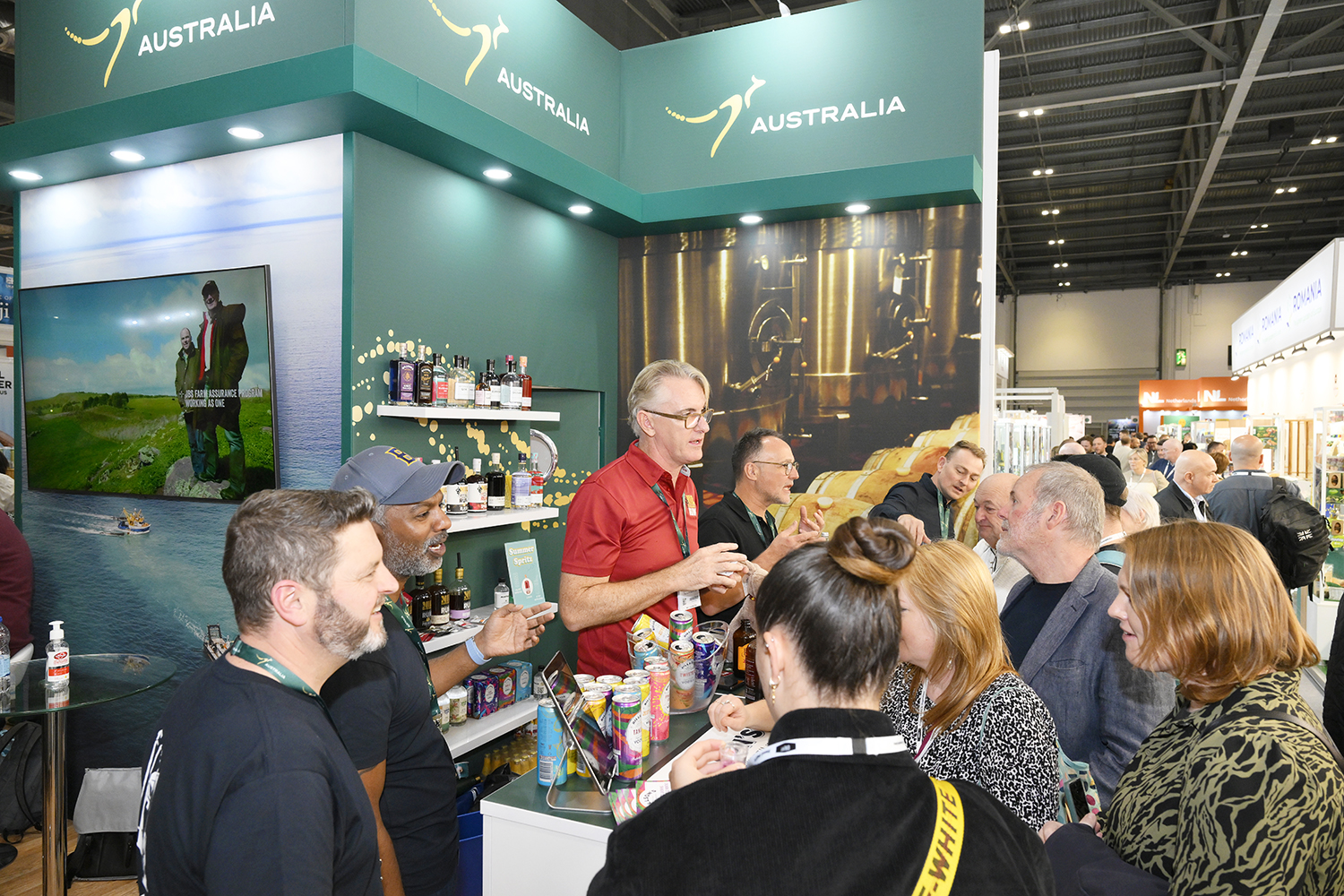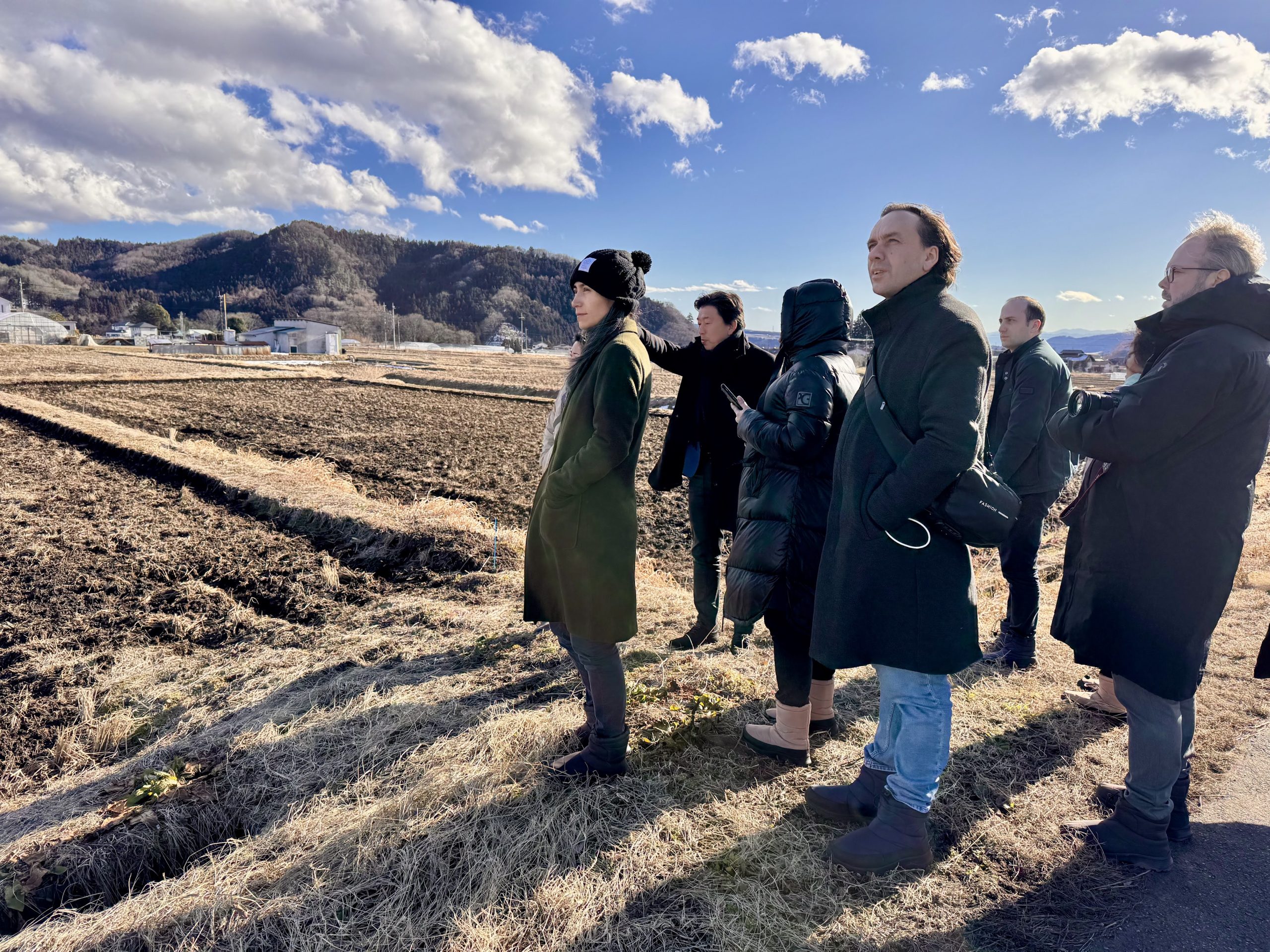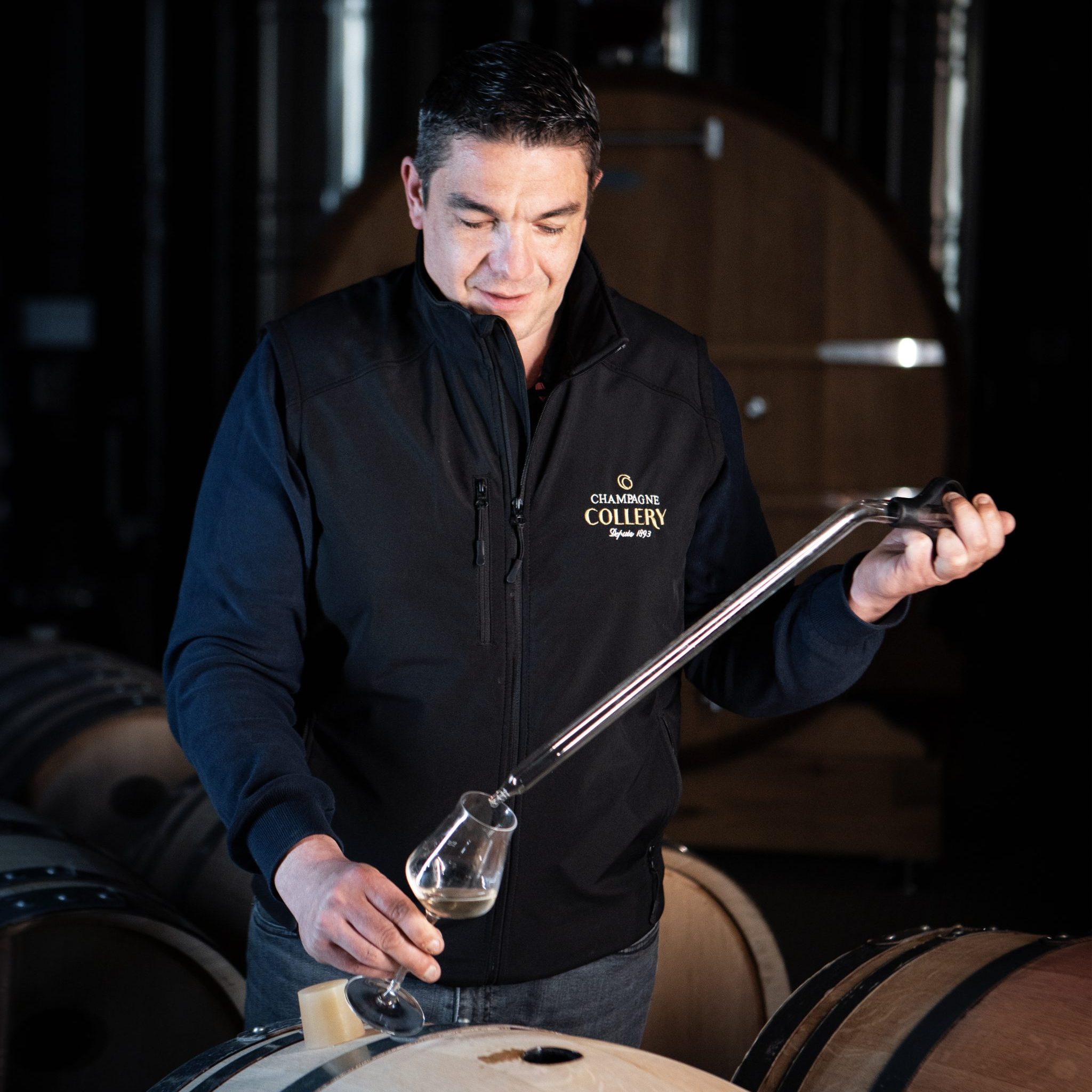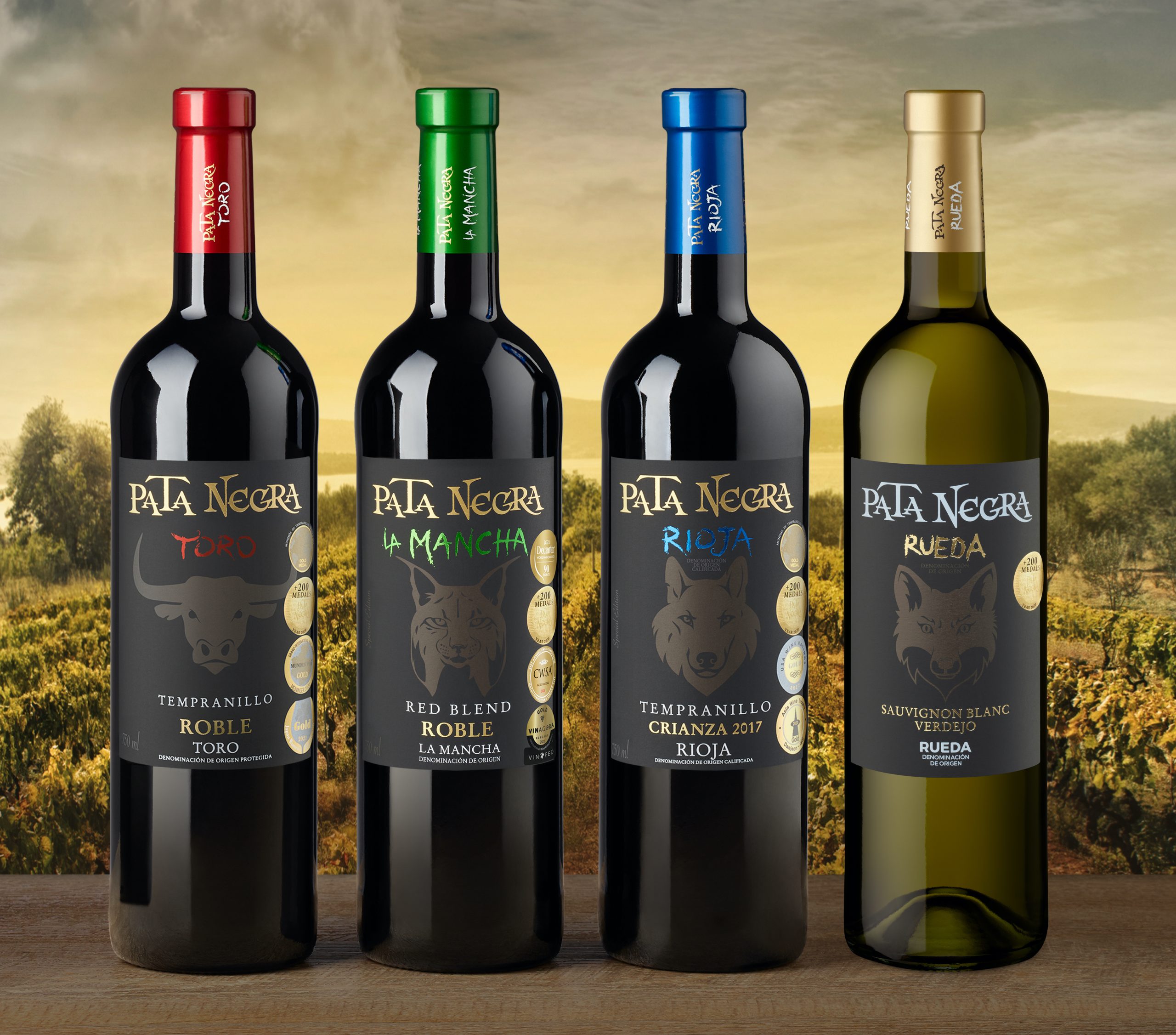South Africa held back by poor site selection
By Gabriel StoneMorgenster cellar master Henry Kotzé has added weight to the argument that the “burnt rubber” character which continues to hold back the reputation of South African red wines is a product of the vineyard, not winemaking.
Attributing the issue to poor site selection, Kotzé (left) explained: “A lot of people planted anywhere just after apartheid”, as he argued that many varieties were simply planted in the wrong place.
Although the problem is becoming rarer and is most frequently associated with the sensitive Pinotage variety, Kotzé conceded that it can still be found in some of South Africa’s Bordeaux blends, the flagship style of Morgenster.
“There are certain areas where you know you’re not meant to plant Merlot that it will happen,” he remarked. “You need the right clones and the right cultivars on the right sites.”
The comments arose as Kotzé poured Morgenster’s own (markedly clean) range of red wines in London this week.
Discussing the Petit Verdot, which makes up a proportion of his blend, Kotzé admitted that the variety “always starts out very banana flavoured with the acetates.” However, he noted that this character then disappeared after four to six months in barrel.
After arriving as cellar master in 2009, Kotzé now plans to introduce a white wine to the Morgenster range next year, continuing the Bordeaux theme with a Sauvignon Blanc/Semillon blend.
Partner Content
Reserving judgment on the country’s Chenin Blanc, Kotzé again expressed concerns about site selection. “I still have my doubts”, he remarked. “They’re doing some good things, but I’m not sure it’s always being planted in the right places.”
Describing much of the 4,500 hectares in Lourens River Valley, where Morgenster is located, as “under-utilised prime site”, especially for Merlot, Kotzé observed: “We’re 4ºC cooler than Stellenbosch so everything happens two weeks later. It produces a wine that’s more supple and rounded.”
Situated next door to Vergelegen, Morgenster was bought by Italian textile businessman Giulio Bertrand in 1992. Bertrand’s love of Bordeaux led him to engage the help of Pierre Lurton, director of Cheval Blanc and Yquem, to consult on the wines, which often contain a high proportion of Merlot and Cabernet Franc.
In keeping with Bertrand’s own heritage, Morgenster is also one of the few South African estates to have planted Italian varieties, producing Nebbiolo and a super-Tuscan style Sangiovese blend.
To celebrate its 300th anniversary this year, the estate is releasing a limited edition six pack of its flagship Bordeaux blend.
Available through new UK agent Enotria at a trade price of around £176, the selection goes back to the 2000 vintage.





What a dreadful headline. If I was to list the main challenges faced in developing the South African category in the key export markets, site selection would not feature in the top 10.
As the article states, ‘the problem is becoming rarer’, so rare in fact that it is not now worth commenting on. Why? Better viticulture, better winemaking and responsiveness to global markets – key buyers and journalists have had a major and positive influence. Very few (if any) examples of premium SA wines displaying ‘burnt rubber’ characteristics are evident in market.
Would be great to read an article detailing all the very positive developments in the international marketing of SA wines.